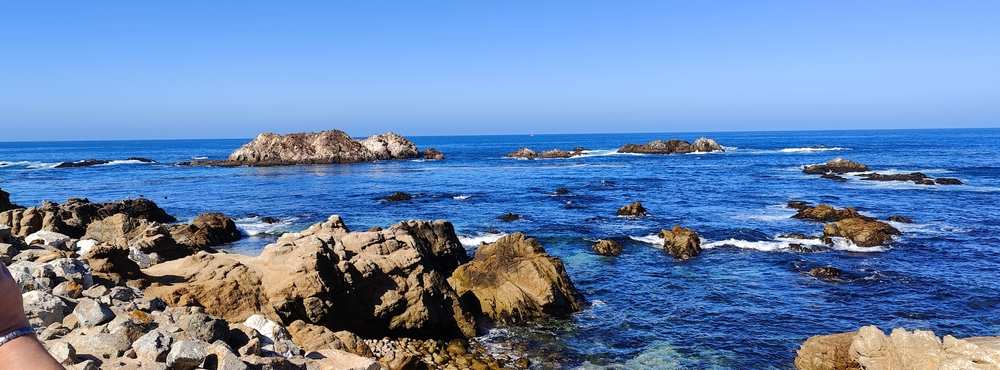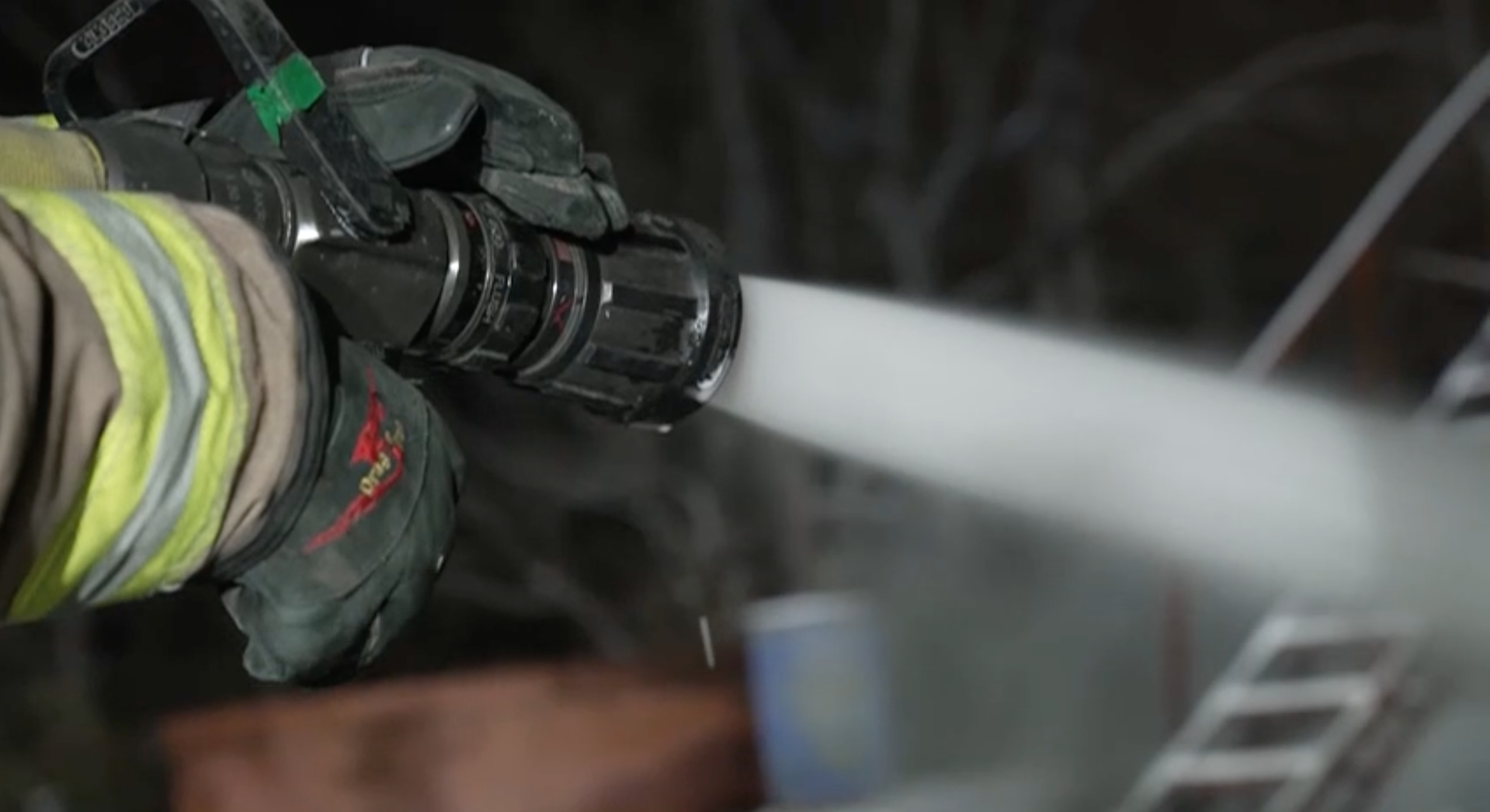Alaska is probably the last place you'd consider to be a hotbed for solar power because the state goes through months of complete darkness. But its annual solar resources are comparable to Germany, the world leader in solar power.
During the summer solstice, all U.S. states aside from Hawaii have the potential to receive the most solar energy they'll get for the year. As you move north in the state, some places will see nonstop daylight for up to 80 days straight.
This is especially important for the most remote villages in Alaska, which rely on diesel generators to power their homes. That can get costly, especially in areas where fuel needs to be delivered by plane. Experts say some of those villages can pay up to 10 times more for electricity than most of the United States.
But studies show that solar energy can be economically competitive to diesel in the most remote areas, even if the upfront costs of installing renewable energy sources can be relatively expensive. In one of Alaska's most northern cities, officials project solar power will save the city $200,000 annually.
Solar has also made an economic impact in Alaska's more populated southern cities like Anchorage, as it's gotten immensely cheaper to install and operate. Those costs have fallen by 53 percent in the past five years.
However, it's still worth noting that Alaska's solar industry is in its early stages. A recent report found Alaska ranked last of all states and D.C. in solar jobs per capita. There are currently only 72 solar jobs in the state — less than half the number for the next-lowest performer, Wyoming.




 The Growing Solar Industry Lacks Diversity
The Growing Solar Industry Lacks Diversity






